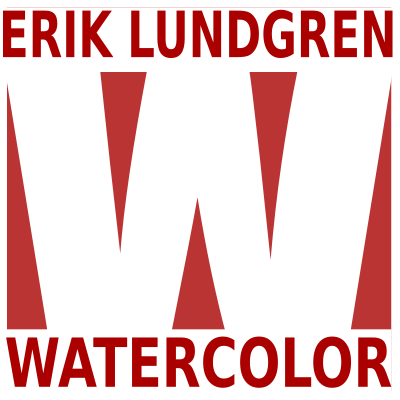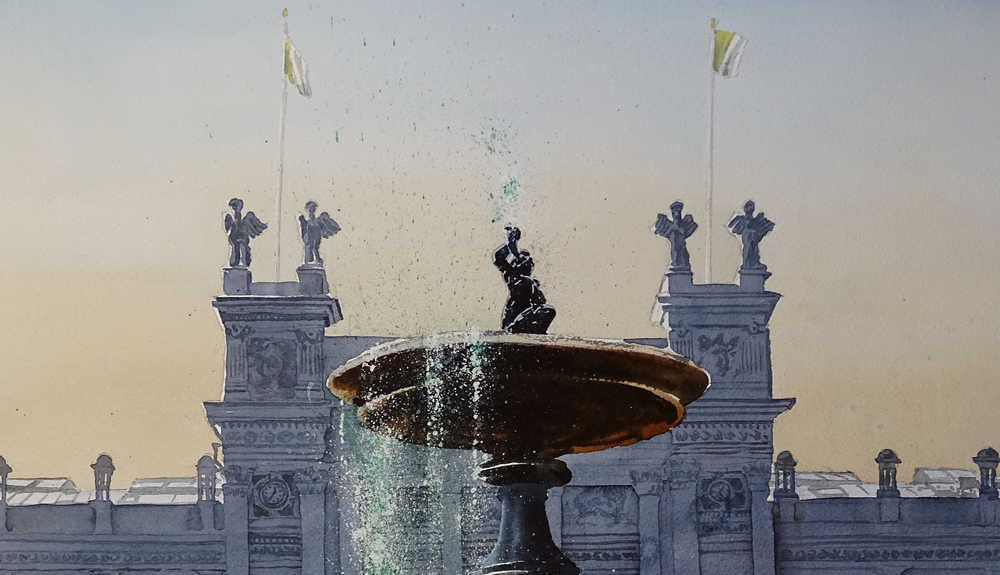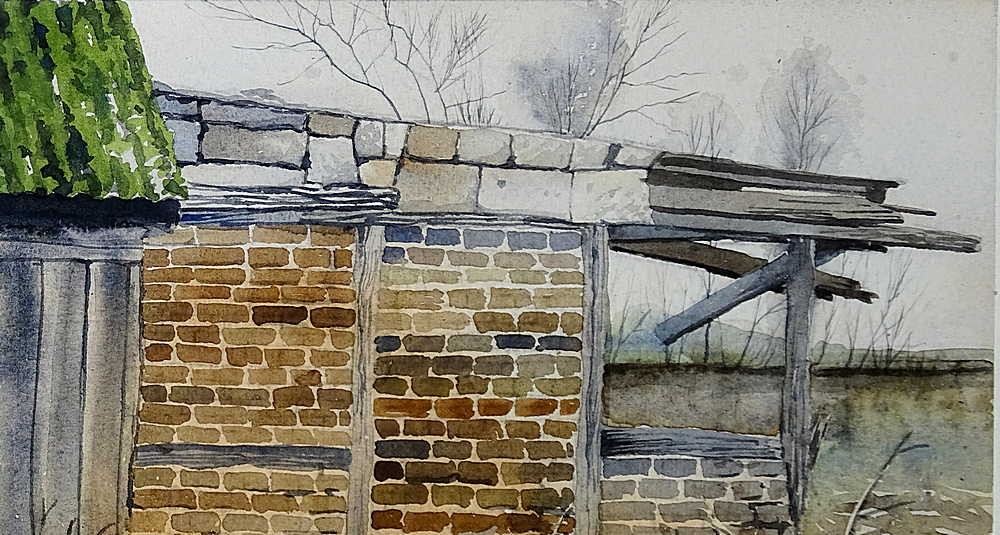Save the edge
When adding color to an object, it’s not always best to fill the entire shape with color. Sometimes the result is more airy, and gives a lighter feeling, if you leave a few millimeters…
When adding color to an object, it’s not always best to fill the entire shape with color. Sometimes the result is more airy, and gives a lighter feeling, if you leave a few millimeters…
Sometimes you see amateur paintings with a slightly curved character. All major lines in the picture, such as the horizon, are slightly curved. I wondered why for years, when it suddenly hit me: the…
In watercolour, you usually talk about two different principles for planning and executing a painting From back to front Works exactly as it sounds, you start to paint what is at the back of…
I have recently completed some exercises in my watercolor courses which included gradients, large smooth gradients, small uneven gradients and everything in between. The result was partly disappointing. It is clear that this basic…
All beginners paint watercolor with far too little paint in the brush. All? Yes, I actually think so. It happens at every course. Experienced participants paint fluently while those who are new, paint carefully…
Dry brushing (Scumbling) trees in the background of a landscape is often a good way to paint them (Read more about dry brush). You want to create a believable tree without being overly detailed….
When there is a brick building in the subject, you are faced with a choice of two options: ignore the bricks and just paint the whole house with a brick color, or paint each…
Blooms in watercolor occur when a drop of paint or water is placed in an almost dry paint surface. The added water lifts the almost dry color and pushes the pigments towards the edges….
I thought I would share a way to paint grass and other “striped” structures that are quite useful. There are brushes that are made for the purpose, so-called fan brushes, but I do not…
Negative Painting is a painting technique, often used in watercolor. In short, it means creating the shape of an object by painting what is behind first, and thus giving an object a shape before…











